6 Hidden Fat Traps on Any Restaurant Menu
We found out what "velvety" really means—and where there's unexpected salt and calories, too.
By Corrie Pikul
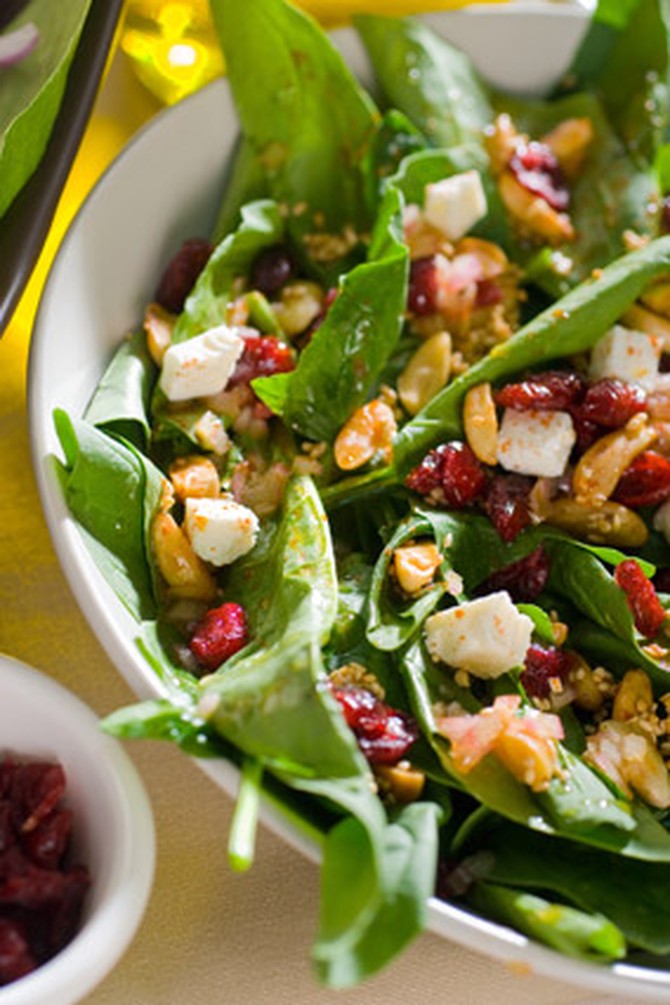
Photo: Thinkstock
Sneaky Salads
You order the dressing on the side, but this calorie-saving tactic can backfire. Chefs like to keep dressing to a minimum—too much can make a salad wilty, says Mike Schwartz, chef instructor for the Institute of Culinary Education (ICE) and founder of BAO Food and Drink. A restaurant's usual drizzle of salad dressing will barely cover the bottom of a 4-ounce ramekin, though, and that looks cheap, so Schwartz says chefs will almost always send out extra. Take two large spoonfuls and mix in with your greens, then set it out of reach. Picking around deep-fried tortilla strips, Chinese noodles and croutons are no-brainers, but those other crunchy bits (like sunflower seeds and banana chips,) are often roasted in oil or salt. Even good-for-you ingredients can multiply at restaurants. Tracy Gensler, RD, a Best Life nutritionist, says she recently measured out a cup and a quarter of walnuts in her take-out dinner salad—that's a full cup more than a typical serving size, and an extra 980 calories, just nuts.

Photo: Thinkstock
Delicious Language
We know better than to fall for "creamy," but not all unhealthy code words are so blatant. "Crispy" meat, fish and vegetables are usually fried in oil; "crusted" entrees often involve lots of butter, cheese or oil (that's what helps the breadcrumbs, almonds and flour stick); "rich," "velvety" and "gooey" can signify sky-high amounts of fat; "sizzling" food sizzles because of (you guessed it) oil. Detailed descriptions make food sound even more appealing: In one study by Brian Wansink, PhD, author of Mindless Eating, diners were 27 percent more likely to get dessert when it was called "German Black Forest double-chocolate cake" instead of "chocolate cake. Try to read between the lines of unusual techniques like "oil-poaching," which involves submerging food in oil and cooking it slowly over low heat. From a health perspective, that's closer to frying than water-poaching.
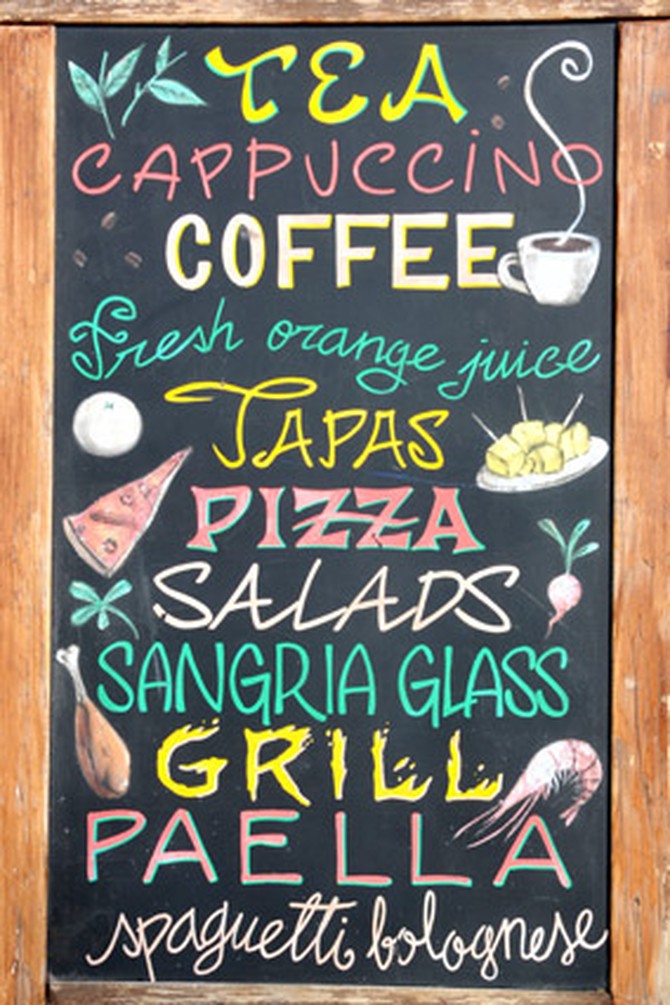
Photo: Thinkstock
Pictures That Are Worth a Thousand Calories
Some items that increase the restaurant's bottom line can have the same effect on yours, says William Poundstone, who analyzed restaurant marketing tricks in his book, Priceless: The Myth of Fair Value (and How to Take Advantage of It). He says pictures are powerful motivators, so photos on menus at chain restaurant and illustrations at more upscale places (often in the upper right-hand corner, where eyes automatically go first), as well as borders and frames, highlight the items the restaurant is eager to sell. People pay the most attention to whatever gets the most space on the menu, says Poundstone, so when you see three pages of appetizers, this sends the message, "Ordering extra food before your meal isn't excessive; it's the normal thing to do." And while tossing together inexpensive veggies in a side salad is one way to make them more profitable (salads involve relatively little labor), deep-frying them as appetizers is another. It involves just a few ingredients, is quick to prepare, and can be very hard for diners to resist.
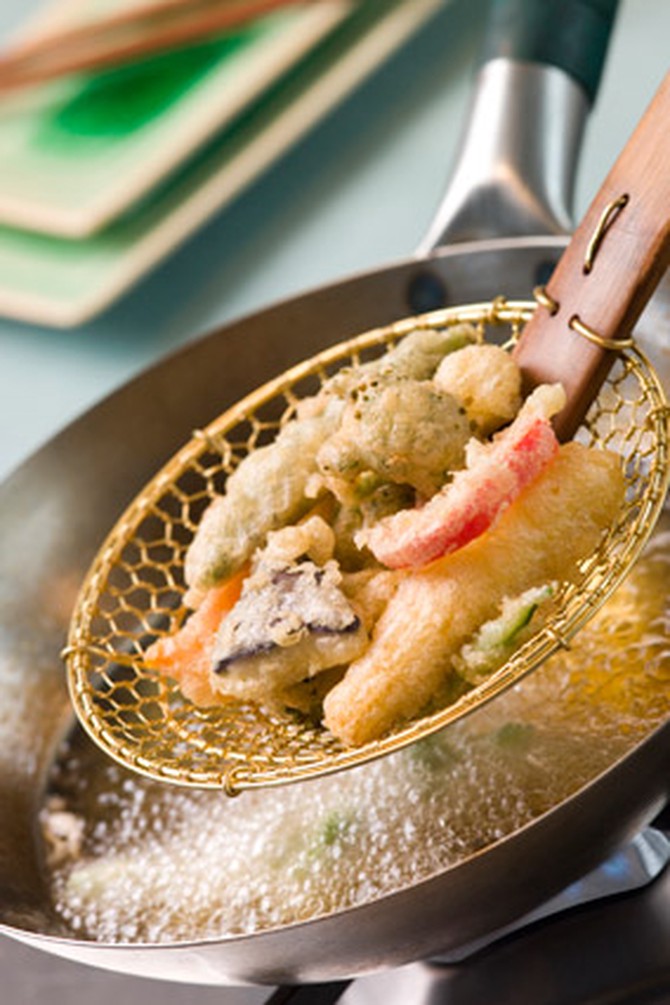
Photo: Thinkstock
Dishes You've Never Really Stopped to Think About
Unless you're a knowledgeable cook, there are probably a few dishes that you always order without knowing how to make them, what's in them, or what exactly they are. Here's your cheat sheet: Miso is high in sodium (986 mg in one cup; 251 mg in a tablespoon), and "tempura" is Japanese for "we borrowed this dish from the Portuguese, and that's why it's so fattening" (kidding; it signifies "deep fried"). Pork belly, the popular boneless meat, has 16 times more saturated fat than pork tenderloin and 10 times more saturated fat than pork chops. You may be pleasantly surprised to discover pork belly's country cousin, bacon, in sautéed vegetables and sauces...until you realize that sweet-smoky flavor is also supremely fatty-salty. Then there's confit. French women may not get fat, but you will if confit becomes your go-to bistro dish. This meat-preserving method, which involves cooking meat submerged in its own rendered fat (or in duck fat), traditionally involves duck or goose and was justifiable in the time before refrigerators. But it's cropping up on menus these days as chefs try it with pork, lamb, turkey and even fish.
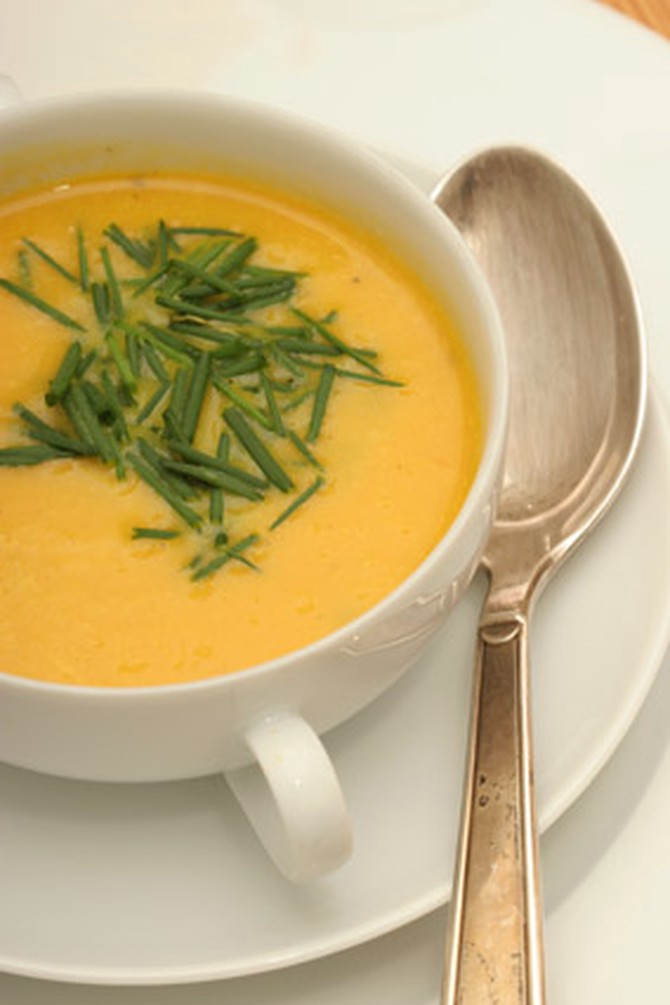
Photo: Thinkstock
Nude Foods That Are Hiding Something
Wonder why vegetable purees at restaurants always taste richer than the ones you blend at home? Schwartz from ICE says that it's usually due to cream (or sour cream, in the case of some cold soups). To suss out dairy, he suggests asking if the soup is vegan. Schwartz sees patrons passing on the potatoes and ordering rice instead, but he says it's common for Western-style chefs to add oil or butter for extra flavor and to keep grains from clumping (he advises requesting it "steamed plain"). "Grilled" suggests a flaming charcoal grill with open bars to allow fat to drip away, but Schwartz says diners and some chain restaurants tend to use flattop grills, which means the food sits in a pool of grease and soaks up fat. Ask your server if the restaurant uses a flame or flat-top grill, and then decide if you'd rather have your meat cooked another way, says Schwartz.
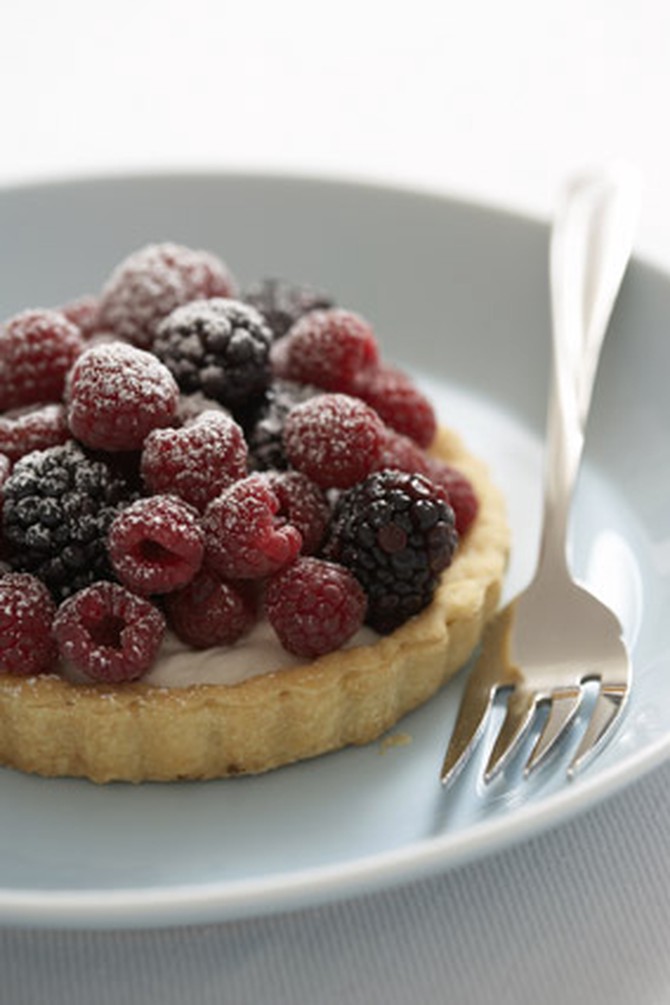
Photo: Thinkstock
The "Better Choice" Dessert
If you've decided to order a treat, don't compromise. You'll not only feel as if you missed out on what you really wanted, but you may accidentally order something even more fattening. Let's say you're dying for a piece of flourless chocolate cake but you feel like the pear tart would be healthier (it's got fruit, right?). Gensler found an example of a slice of chocolate cake with 234 calories and 11 grams of fat, compared to a pear tart with 340 calories and 17 grams of fat (the tart was bigger, and most likely made with more butter). If you're craving ice cream but wonder if flan or gelato would be wiser, go with your gut: 1/2 cup vanilla ice cream has 145 calories and 8 grams saturated fat, and the same amount of flan has 220 calories and 6 grams of fat. Gelato also has less fat than ice cream—but more calories. This is a numbers game that's not worth playing, so satisfying your cravings with just one creamy, velvety scoop.
Keep Reading
Healthier versions of your favorite fast foods
Keep Reading
Healthier versions of your favorite fast foods
Published 03/12/2012

